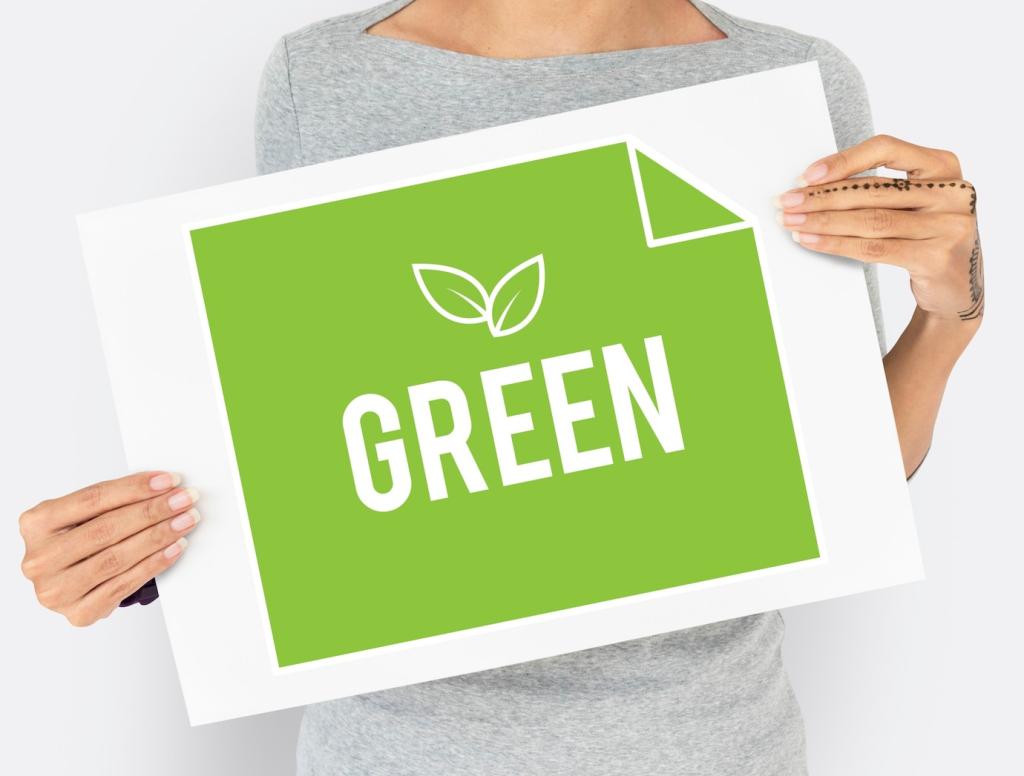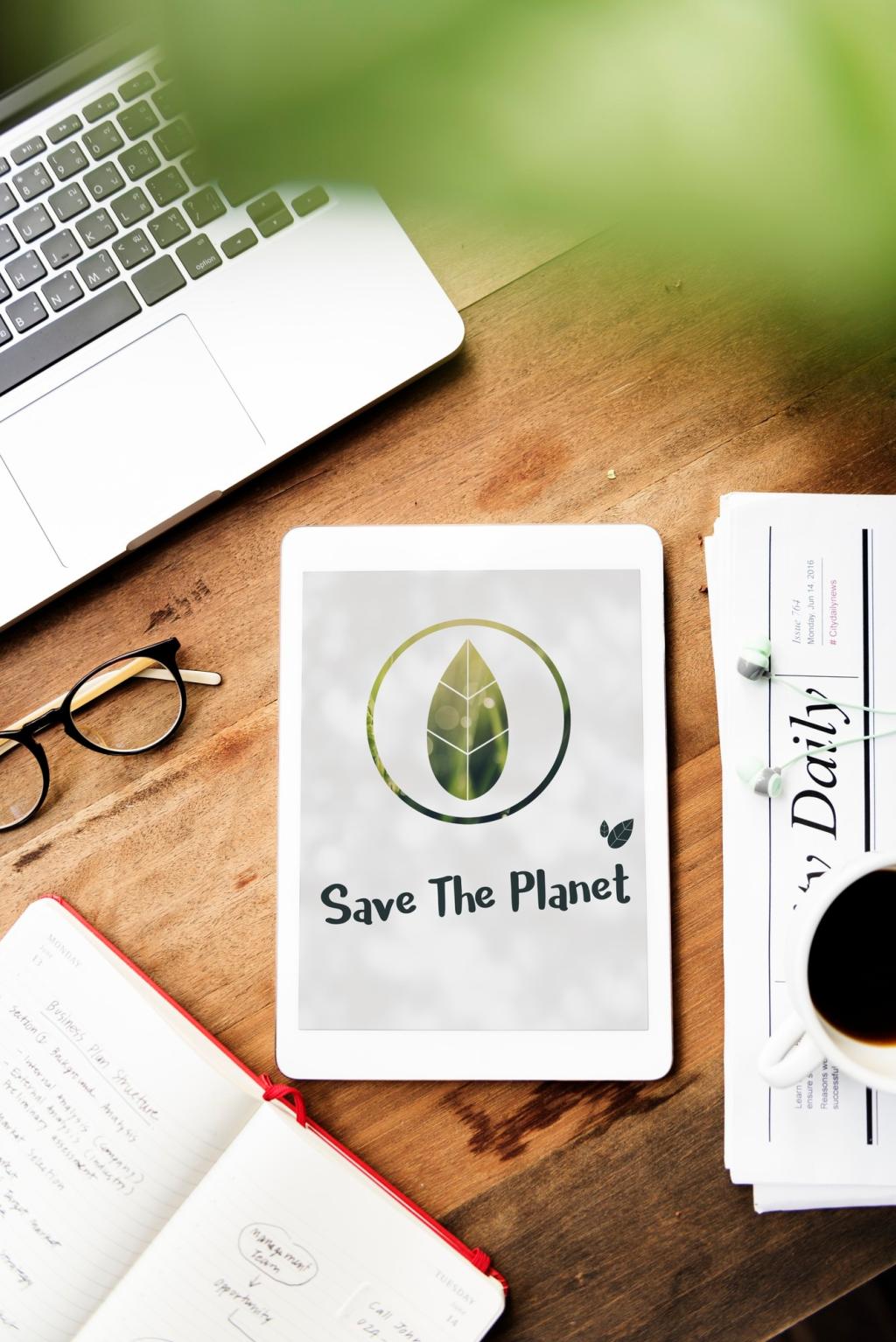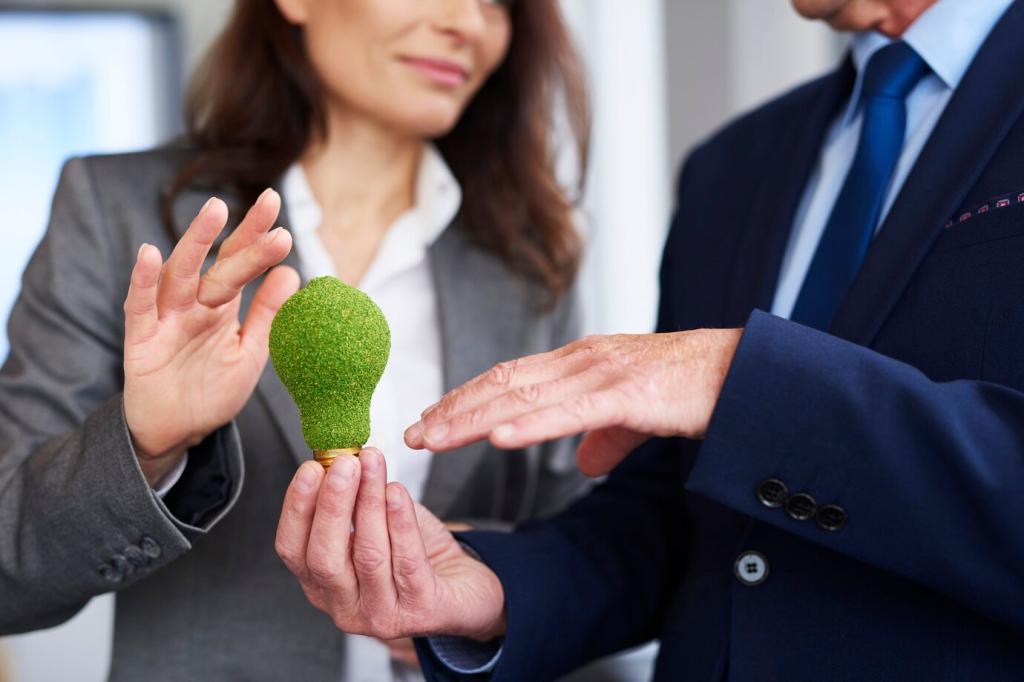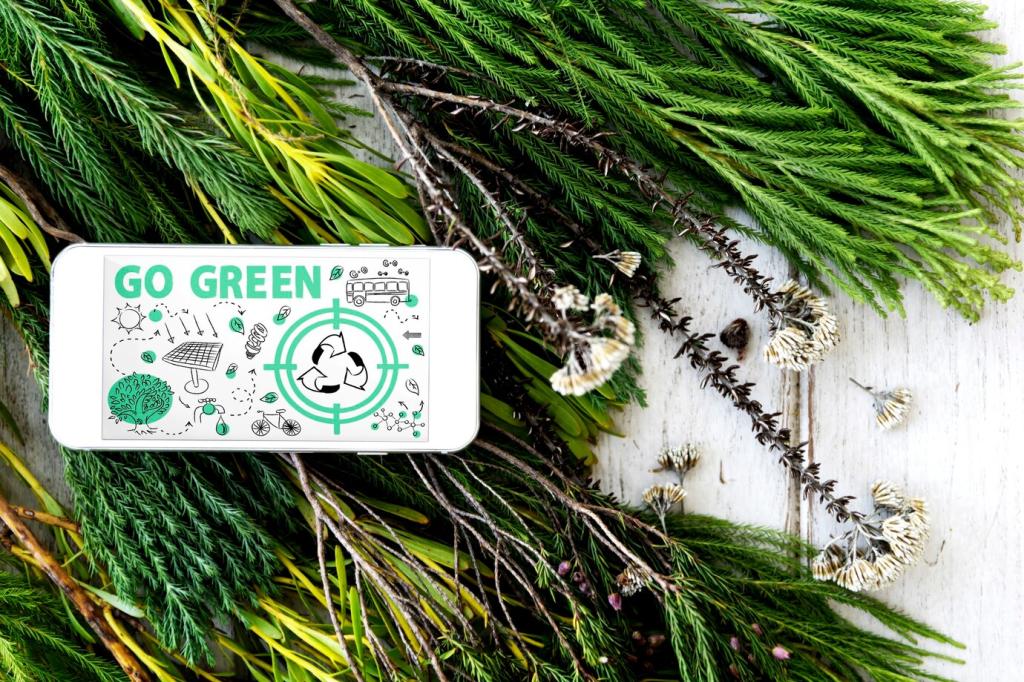
Words That Grow Forests: Communicating Eco Values through Copy
Chosen theme: Communicating Eco Values through Copy. Welcome to a space where language sparks greener habits, transparency builds trust, and every sentence earns its footprint. Stay with us, subscribe for weekly insights, and share your own eco stories so we can learn and act together.
Finding Your Authentic Eco Voice
Define Your Green Promise
Write a single, clear sentence that states your environmental promise in everyday language. Avoid vague claims and choose verbs that commit: reduce, repair, refill, regenerate. Distill it until a teenager can repeat it. Share your one-sentence eco promise in the comments, and we’ll feature our favorites in a future post.


Tone That Nurtures, Not Nags
People change faster when they feel respected. Replace scolding with supportive, specific guidance that celebrates progress. We once swapped “Don’t waste water” for “Save three liters today with a 90-second shower,” and a pilot audience clicked through more often. Want the phrasing checklist? Subscribe, and we’ll deliver it to your inbox.
Storytelling That Plants Action
Tell how your eco journey began. A founder learned composting in her grandmother’s backyard, then wrote packaging copy that reads like a recipe for healthy soil. That detail made customers smile and share. What first taught you to care about the planet? Reply with your earliest eco memory to join the conversation.
Every compelling story names the problem. Frame waste as a solvable challenge, not a hopeless doom loop. Compare a month’s packaging to the trunk of a small car, then offer a path to lighten it. Ask readers where they wrestle with waste most, and crowdsource solutions worth testing together.
Close the loop with specific progress. “We replaced plastic mailers and kept 2.3 tons of film out of landfills this quarter” beats generic claims. Add a next-step invitation: “Help us double it by opting for consolidated shipping.” Comment if you’d choose fewer deliveries to cut emissions—we’ll tally the results.

Turning Data into Human Moments
Swap percentages for comparisons that land. “This bottle saves enough energy to brew three pots of coffee,” or “You kept twelve phone charges’ worth of power in the grid.” Test two versions with your audience and publish the winner. Tell us which comparison made you pause—we’ll compile the top five.
Microcopy That Moves People Gently
Calls to Action That Plant Ideas
We replaced “Buy now” with “Refill and reuse” on a detergent page and a small brand reported an eighteen percent lift in repeat purchases over eight weeks. Pair the CTA with a short benefit: “Keep one bottle in use for a year.” Try it, track it, then tell us how your test performed.
Labels That Teach in Seconds
On product pages, add one helpful line under materials: “Remove pump before recycling—here’s how in ten seconds.” A video icon next to it increased completion rates in a trial. What single instruction would have saved you confusion this week? Drop it in the comments and help someone else succeed.
Defaults That Make Better Easy
Set “ship in reused packaging” as the default, and explain why in a gentle sentence: “It saves resources and gives boxes a second life.” Always offer a clear opt-out. People appreciate choice, especially when the greener path is effortless. Would you accept a slight scuff on a box to cut waste?
Inclusive and Accessible Green Language
Replace insider terms with everyday words: “cleaner air,” “repair instead of replace,” “plants that feed the soil.” Short sentences reduce friction and widen reach. A nonprofit’s signups rose after simplifying its pledge. If any word here feels fuzzy, call it out—we’ll build a shared clarity list together.
Inclusive and Accessible Green Language
Anchor copy in local realities—water scarcity, transit options, seasonal energy peaks—while connecting to broader targets. A coastal café tied reusable cup discounts to beach cleanup days and saw real participation. What local event could your brand support? Comment, and we’ll brainstorm copy angles you can adapt.



Email Sequences That Sustain Momentum
Start with a hopeful welcome, follow with one proof-packed story, then add a simple action like “opt for consolidated shipping.” A three-email arc outperformed one-off blasts for a refill brand we track. Want a sample sequence? Hit subscribe and we’ll share templates you can customize this week.

Social Posts That Inspire Agency
Pair a crisp stat with a doable act: “One cloth swap saves thirty paper towels this month—show us your favorite cloth pattern.” Encourage comments with a playful challenge. Tag us with your best eco swap, and we might feature your post in a community roundup.

Packaging Copy That Earns Recycling
Print the how-to right where decisions happen: “Rinse, remove pump, recycle bottle curbside.” Add a QR linking to a thirty-second demo. When a cosmetics brand tested this, contamination rates dropped. If you’ve struggled to recycle a product, tell us which one—we’ll draft a clearer label together.
Invite Stories from Customers
Ask for tiny victories: a refill routine, a clever repair, a school garden moment. Share one reader story each month and credit their idea. These vignettes build trust and momentum. Have a story now? Post a few lines below and include a photo link—we love featuring community wins.
Feedback Loops That Improve Claims
Create a visible path for corrections: a page titled “Help us say it better,” with easy forms and rapid replies. When a reader flagged confusing composting language, the update doubled comprehension scores. Would you sign up for our copy review circle? Join the list and shape the next draft.
